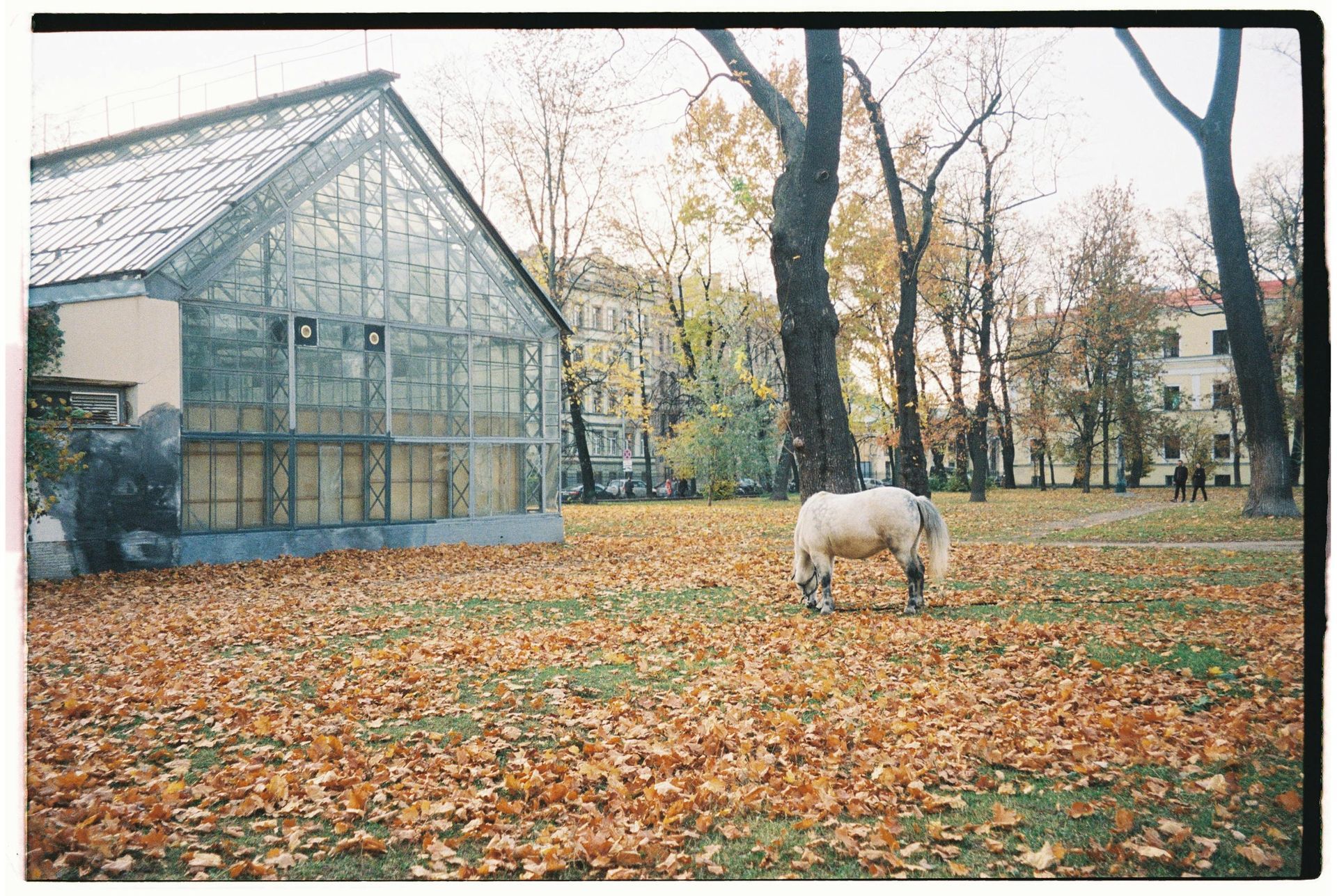Blog








Support Organizations
USDA Farm Service Agency (FSA)
Website: USDA FSA
Description:
The FSA provides a range of financial services to small farms, helping them manage risk and maintain financial stability.
Services Offered:
• Farm Loans: Provides direct and guaranteed loans to help farmers purchase land, equipment, and operating expenses.
• Disaster Assistance: Offers financial relief for losses due to natural disasters, including droughts, floods, and hurricanes.
• Conservation Programs: Supports farmers in implementing conservation practices on their land.
• Payment Limits: Helps small farms navigate farm payment limits and eligibility.
USDA Natural Resources Conservation Service (NRCS)
Website: USDA NRCS
Description:
The NRCS works with farmers to protect and conserve natural resources, offering technical assistance and financial support for conservation practices.
Services Offered:
• Conservation Technical Assistance: Provides expert guidance on soil health, water quality, and wildlife habitat management.
• Cost-Share Programs: Helps fund projects that improve environmental sustainability (e.g., erosion control, water management).
• Environmental Quality Incentives Program (EQIP): Offers financial incentives to implement conservation practices on working lands.
• Conservation Stewardship Program (CSP): Supports farmers who adopt comprehensive conservation practices across their operations.
University of Arkansas Cooperative Extension Service
Website: UofA Extension
Description:
The University of Arkansas Cooperative Extension Service offers research-based support for farmers to help improve agricultural productivity, sustainability, and profitability.
Services Offered:
• Educational Programs: Provides workshops, courses, and online resources on a variety of farming topics, including crop production, livestock management, and sustainable practices.
• Technical Assistance: Offers individualized advice on farm management, pest control, irrigation, and soil health.
• Farm Business Development: Provides guidance on business planning, financial management, and marketing strategies.
• Soil Testing & Nutrient Management: Offers soil testing services and advice on managing soil fertility for better crop yields.
National Center for Appropriate Technology (NCAT)
Website: NCAT
Description:
NCAT provides technical assistance, training, and support for small farmers and ranchers to adopt sustainable agriculture practices.
Services Offered:
• Sustainable Agriculture Resources: Offers publications, webinars, and technical tools on topics like soil health, pest management, and energy efficiency.
• On-Farm Assistance: Provides one-on-one support to help farmers adopt sustainable practices, improve profitability, and reduce environmental impacts.
• ATTRA (Appropriate Technology Transfer for Rural Areas): A service that offers resources on sustainable farming techniques and technologies.
• Training Programs: Hosts workshops, conferences, and webinars to educate farmers on sustainable practices and business development.
Schools - Programs - Videos
University of Arkansas Center for Arkansas Farms & Food (CAFF)
Website: UofA CAFF School
Description:
The University of Arkansas Cooperative Extension Service offers a variety of educational programs aimed at improving the knowledge and skills of farmers. Their programs cover everything from crop production to sustainable farming practices.
Programs Offered:
• Farm Education: Provides courses and a 10 week program on crop management and sustainable farming.
• Workshops & Seminars: Offers in-person and online workshops on topics like soil health, pest management, and business development.
• Youth and Beginning Farmer Programs: Offers training and resources for young and beginner farmers to get started in agriculture.
• Online Learning: Access to free and paid online courses and webinars on agricultural topics.
University of Arkansas at Pine Bluff (UAPB) Small Farmer and Rancher Program
Website: UAPB Small Farmer and Rancher Program
Description:
UAPB’s Small Farmer and Rancher Program offers education and technical assistance to small-scale farmers and ranchers, particularly in underserved communities. They focus on helping farmers improve productivity, sustainability, and financial viability.
Programs Offered:
• Workshops and Training: Focuses on sustainable agriculture practices, including soil management, livestock production, and organic farming.
• Business Development Support: Offers assistance in farm business planning, marketing, and accessing financing.
• Youth Education Programs: Provides programs to engage youth in farming and agriculture-related careers.
• Technical Assistance: Provides one-on-one support for farmers with questions on operations, sustainability, and profitability.
Heifer USA YouTube Library
Website: Heifer USA YouTube Library
Description:
Heifer USA’s YouTube channel hosts an extensive library of videos designed to educate farmers and ranchers on sustainable agricultural practices. The content focuses on both small-scale and sustainable farming methods.
Programs Offered:
• Sustainable Farming Practices: Features videos on topics such as regenerative agriculture, soil health, and water management.
• Farmer Success Stories: Showcases how small farmers around the U.S. have implemented sustainable practices to improve their livelihoods.
• Animal Husbandry: Offers videos on caring for livestock, including breeding, feeding, and health management.
• Farm Business Management: Provides advice on building a farm business, including marketing, finance, and managing farm operations.
National Center for Appropriate Technology (NCAT) – Armed to Farm Program
Website: Armed to Farm
Description:
The Armed to Farm Program, offered by NCAT, is designed to provide military veterans with hands-on training in sustainable farming practices. The program is tailored to help veterans transition to farming and agricultural careers.
Programs Offered:
• Hands-On Farming Training: A week-long training that includes farm tours, demonstrations, and discussions on sustainable farming techniques.
• Mentorship: Veterans are paired with experienced farmers to receive mentorship and support as they start or expand their farming careers.
• Business Development: Provides guidance on creating and managing a farm business, including marketing and financial planning.
• Networking: Helps veterans connect with other veterans in agriculture and with farming communities nationwide.
Documents, Guides, Suppliers
Manuals & Papers
Seed Sources
Irrigation Sources
Food Safety
Pest Management
Grants & Funding
USDA Continued Cuts
https://search.app/hm8f9x6EQqRRLR99A
Grant Freeze article, WSBZ
Marketing Assistance for Specialty Crops (MASC) - Deadline Jan 8 2025
Crop Insurance for Urban Farmers
NRCS Grant: Compost and Food Waste Reduction Pilot Project